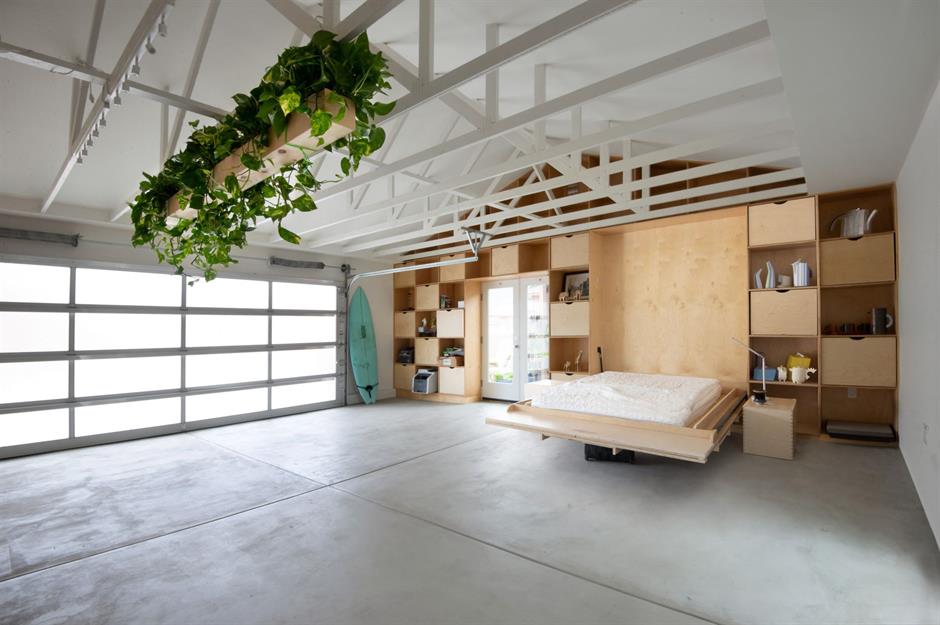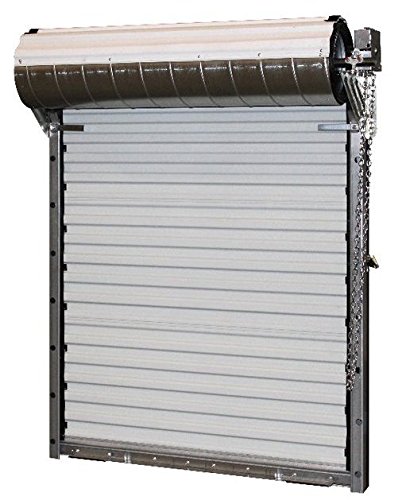
It's not hard to see that more families are spending more time at home. This is why homeowners are investing in more home improvements. This means that they are able to spend more time on home improvement projects, such as building a guest house. Of course, they could just rent a place. The good news is they're not the only ones in this boat.
A guest cottage or suite is a great use of your home improvement money. A smaller home can provide an escape from everyday stress and can also increase your property's market value. A guest house, or suite, can be a great way of attracting out-of town guests. If you're lucky, you may even end up with some real estate gold.
When it comes to home improvement projects, the best way to go about it is to be pragmatic. Make sure that you don't clutter up your home with unnecessary projects. It is important to have a plan in place for every scenario. A guest cottage, or suite, can solve many problems. They can be used to keep a child from getting in your way and give parents some time away from the day grind. You just need to be creative.
There are many options available when it comes building a guesthouse. Some homeowners decide to build a whole house while others build a single unit. Whatever you decide, the main thing is to make sure your guest are happy. Garage suites can provide the ideal solution for both owners and occupants. These homes are often designed to be able to accommodate one, two, and three families. They are also well-suited for accommodating the most demanding of modern families. These are great places to set up a home office, or in-law apartment.

The best part about these small residences is that they are not only affordable, they are a great addition to any home. With the right planning, you can maximize what space you have while not compromising your budget. A well-designed three-bedroom guest room can be used as a home office, an area to host an in-law or a place for guests. A one- or dual bedroom suite, in the same way, is a good way to free up space on the main level of your house for more important matters.
FAQ
How long does it typically take to renovate a bathroom?
It usually takes two weeks to remodel a bathroom. However, it all depends on how big the project is. Some jobs, such installing a vanity and adding a shower stall, can take only a couple of days. Larger projects like removing walls and installing tile floors or plumbing fixtures can take many days.
The rule of thumb is that you should allow three days for each room. For example, if you have four bathrooms you would need twelve days.
What order should you renovate your house?
The roof. Second, the plumbing. Third, the electrical wiring. Fourth, the walls. Fifth, the floor. Sixth, the Windows. Seventh, the doors. Eighth is the kitchen. Ninth, the bathroom. Tenth, the garage.
Finally, after all this work is done, you'll have everything you need to get into the attic.
Hire someone to help you if you don't have the skills necessary to renovate your home. It takes patience, time, and effort to renovate your own home. You will also need to spend money. So if you don't feel like putting in the hours or the money, then why not let someone else do the hard work for you?
While renovations can be costly, they can help you save a lot of money over the long-term. It's also a way to make your life more pleasant.
Is $30000 too much for a kitchen redesign?
A kitchen remodel costs anywhere from $15000 up to $35000 depending on what you are looking for. A complete kitchen remodel will cost you more than $20,000. However, if you want to update appliances, replace countertops, or add lighting and paint, you could do it for under $3000.
A full-scale renovation typically costs between $12,000 and $25,000 on average. But there are ways to save money without compromising quality. One example of this is installing a sink, instead of replacing the old one. It costs about $1000. A second option is to buy used appliances at half their cost.
Kitchen renovations can take longer than other types projects so plan ahead. You don't want to start working in your kitchen only to realize halfway through that you're going to run out of time before completing the job.
You are best to get started as soon as possible. Start looking at options and collecting quotes from various contractors. Then narrow your choices based price, availability, quality, or both.
After you have found potential contractors, get estimates and compare prices. The best bid may not be the most affordable. It's important that you find someone with similar work experiences who can provide a detailed estimate.
Make sure you include all extras in your final cost calculation. These could include labor costs, permits, and material charges. Be realistic about the amount you can afford, and stick to your budget.
Don't be afraid to tell the contractor what you think about any of the quotes. Tell the contractor why you don't like the initial quote and offer another chance. Don't let pride get in the way when you save money.
What is included in a full kitchen remodel?
A complete kitchen renovation involves more than simply replacing the sink and faucet. There are cabinets, countertops as well, lighting fixtures and flooring.
Homeowners can remodel their kitchens completely without needing to do major work. This means that no demolition is required, making the project easier for both the homeowner and the contractor.
Many services are required for kitchen renovations, such as electrical, plumbing and HVAC. Depending on how extensive your kitchen renovation is, you may need multiple contractors.
A team of professionals is the best way to ensure that a kitchen remodel runs smoothly. Kitchen remodels are complex and can be delayed by small issues. DIY is a good option, but make sure to plan ahead and have a back-up plan in case something goes wrong.
How much would it be to renovate a house vs. what it would cost you to build one from scratch?
A home gutting involves the removal of all interior items, including walls, floors ceilings, plumbing and electrical wiring, fixtures, appliances, and fixtures. It's often necessary when you're moving to a new house and want to make changes before you move in. It is often very costly to gut a home because of all the work involved. Depending on what job you do, the average cost for gutting a house is $10,000 to $20,000
A builder builds a home by building a house frame-by-frame, then adds doors, windows, doors and cabinets to the walls. This is often done after purchasing lots of land. Building a home is typically cheaper than renovating, and usually costs between $15,000-30,000.
When it comes down to it, it depends on what you want to do with the space. You'll likely need to spend more money if you want to gut a property. You don't need to take everything apart or redo everything if you are building a home. Instead of waiting for someone else, you can build it how you want.
Are there any savings on a remodel of a bathroom or kitchen.
Remodeling a kitchen or bathroom is a costly undertaking. However, when you consider how much money you pay each month for energy bills, upgrading your home might make more sense.
Small upgrades can help you save thousands of dollars per year. A few easy changes like adding insulation to ceilings or walls can reduce heating/cooling costs by as much as 30%. Even a small improvement can make a difference in comfort and increase resale.
When planning for renovations, it is important to select durable and easy-to-maintain products. The durability and ease of maintenance that porcelain tile and stainless steel appliances offer over vinyl and laminate countertops is why solid wood flooring and porcelain tile are so much better.
Altering old fixtures can also help reduce utility bills. Installing low-flow faucets or showerheads can cut water use by up to 50%. By replacing inefficient lighting with compact fluorescent lamps, you can reduce electricity consumption up to 75%.
Statistics
- 5%Roof2 – 4%Standard Bedroom1 – 3% (rocketmortgage.com)
- Windows 3 – 4% Patio or backyard 2 – 5% (rocketmortgage.com)
- Following the effects of COVID-19, homeowners spent 48% less on their renovation costs than before the pandemic 1 2 (rocketmortgage.com)
- $320,976Additional home value: $152,996Return on investment: 48%Mid-range average cost: $156,741Additional home value: $85,672Return on investment: (rocketmortgage.com)
- About 33 percent of people report renovating their primary bedroom to increase livability and overall function. (rocketmortgage.com)
External Links
How To
How to Remove Tile Grout from Floor Tiles
Most people don’t realize they use tile grouting. It is used to seal the joints between the tiles. There are many kinds of grout on the market today. Each type serves a specific purpose. We will demonstrate how to remove grout from tile floors.
-
Before you begin, make sure you have everything you need. It is a good idea to have a grout knife, grout scraper, as well as some rags.
-
Now you need to start cleaning off any dirt or debris stuck under the tile. The grout cutter can be used to cut the grout and remove any loose tiles. It is important not to damage tiles.
-
After you've cleaned up everything, grab the grout scraper to remove any grout. If no grout is left over, you can proceed to step 4.
-
Now you can get on with the next step. Soak one of your rags in water. Make sure the rag is fully wet. When the rag has become soaked, wring it out, so that excess water stays inside the rag.
-
Then, place the wet towel on the joint where tile meets wall. The grout will begin to crumble if you press down hard on the rag. Slowly pull down on the rag until it is pulled towards you. Continue pulling it backwards and forwards until all the grout has been removed.
-
Continue repeating steps 4 through 5 until all grout is removed. Rinse the ragout, and repeat the process if needed.
-
After you have removed all grout, rub the tiles with a damp towel. Let dry thoroughly.